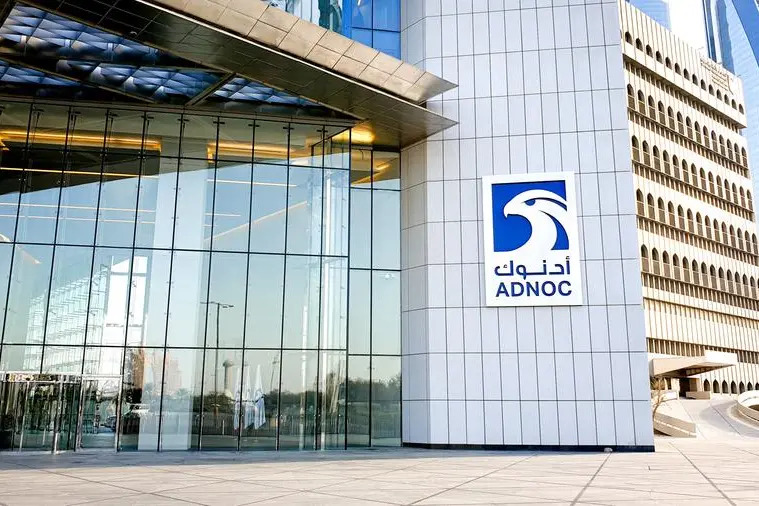There are various tools and methods in successful implementation of an effective performance management system and it is imperative to redefine the entire purpose clearly and effectively
Ask any organisation on the existence of a performance management system within their organisation and chances are that the answer would be a resounding "yes" and that may well be the truth.
However, a deeper look into the organisation will reveal the true chinks in the armour in that while the system exists, its efficacy and the adherence to its principles is found lacking. Top executives often wonder why the organisation is bleeding (man and money) even though the best performance management systems are in place; the best incentive schemes have been implemented and the organisation holds its annual get-together at the plushest hotels in the city.
To focus on the need for Performance Management Systems in organisations and what steps corporates in the country are taking towards building their human capital, the Performance Factory (PerFact), a leading Performance Management and HR Training and Consulting organisation, is all set to host an exclusive event The CEO Conclave in December 2008 that brings together top CEOs of corporates in Oman. PerFact, with its headquarters in India and a presence in Oman, has partnered with Infoline Oman's leading BPO and call centre service provider.
The most probable reason for the inadequacy in a system or a revamp in the system is because it begins in the middle. A lot of effort and time is spent in modifying existing forms or choosing a different method to managing performance or even choosing to implement a system that was found successful in some other organisation. However the quintessential question to be asked before embarking on such a journey is "What do we want this system to achieve?" followed by "How is this system going to contribute to the well-being of the company, management and the staff?"
It is imperative that organisations go back to the drawing board and begin from the beginning where senior executives are willing to redefine the entire purpose clearly and effectively. And to do that there are some very serious questions that need answers.
There are various tools and methods in successful implementation of an effective performance management system. These include performance appraisals (annual or bi-annual), employee ratings, 360 degree feedback amongst others. The balanced scorecard is an effective performance management system and is widely used in organisations globally and was propounded by Robert Kaplan and David Norton.
According to the Balanced Scorecard to establish a performance management system an organisation must answer four key questions or have four perspectives that drive the overall strategy.
Financial Perspective: To succeed financially, how should we appear to our shareholders?
Customer Perspective: To achieve our vision how should we appear to our customers?
Process Perspective: To satisfy our customers and shareholders what business processes must we excel at?
Learning and Growth Perspective: To achieve our vision how will we sustain our ability to change and improve?
Once answers to these questions are clear, it forms the purpose or the strategy that underlines the measurement of the performance of various departments and in turn the employees of the organisation.
Steps in Performance Management System
Determination of Organisation goals and vision: Understanding the organisation goal and vision, what it sets out to achieve, based on the four perspectives is the first step. This effort must include members of the management, the departmental heads and the employees to ensure there is absolute clarity in what the organisation sets out to achieve. Lack of clarity here could lead to different employees working for different goals. For example, an insurance company may focus on improving their gross underwritten premium and therefore the profits or could focus on ensuring that they will provide the best service in the industry. To achieve either, the strategy will have to be specific and employees need to understand those specifics.
Creation of Job Descriptions: The next step is to create clear and specific job descriptions so that the elements being measured are realistic and clear to the employee. In organisations where job descriptions are available it is best to ensure that they are updated and that any additional responsibilities that the role has evolved into are captured. Care must be taken to ensure that job descriptions encourage employees to work beyond their roles.
Competency Mapping: Once the job descriptions are complete and updated, competencies required to fulfil the role must be mapped. This has dual effects. For starters, it helps the HR department in assessing the credentials of new recruits. It also helps in competency deficiency assessment of existing employees which in turn leads to the creation of an objective and structured training calendar.
Determination of Key Performance Indicators for internal departments: Based on the organisational goals, the Key Performance Indicators or KPIs for the various departments are created.
This step requires all departmental heads to sit together and bring in synergy to the goals set out.
Example, the IT department must compliment the Customer Service department in ensuring that systems and technology backs the goal of ensuring faster turn around time for the delivery of a service to the customer.
Determination of the Key Result Areas for employees in the department: Now that the KPIs for the department are clear, the ground has been set for the Key Result Areas or KRAs for employees in the department. The KRAs must measure and monitor the performance of an employee on the tasks delegated to him/her and must also have an element of futuristic planning so that the employee is encouraged to take on tasks that can further his/her career in the organisation. A sales executive while ensuring to meet the business targets assigned to him/her must also be encouraged to present MIS reports on market conditions and sales techniques to overcome the challenges.
121's and Personal Development Plans: Measuring and monitoring performance of an individual on his/her KRA enables the supervisor to have a clear one to one (121) meeting with the employee and feedback on his/her performance. This then leads to the Personal development Plan or PDP's that tracks the areas of success and areas of improvement and with a quick reference to the competency guide the employee is nominated for training programs that helps in building skills and thus increase the productivity of the department and the organisation. This effort can also be effective as a Talent Management system where the organisation is able to identify and groom the leaders of tomorrow.
Consequences of a Performance Management System
The consequences of implementing the Performance Management System must be made clear to all in the organisation and managers must ensure that processes mentioned and adopted are adhered to.
While the HR department is the business owner of the Performance Management System, it is imperative that all department managers and the top management adhere to timelines and processes set out in the system. Most Performance Management Systems fail over a period of time primarily due to lack of adherence by managers leading to low motivation among employees.
What to watch out for
Performance Management System is punishing: Most employees may feel that the introduction to a system is punishing and is introduced to monitor their work. This is far from the truth. Instead a good system ensures employees are encouraged to over achieve, to learn new skills and create career pathways for their growth all the while ensuring the organisation grows.
Performance Management System only has monetary impact: While many organisations use the system to determine annual pay increments and bonuses, the system is also a tool for a comprehensive Talent Management System that determines the future leaders of the organisation. This helps in that every time senior staffs leaves, the organisation does not have to hire from the outside and can look for internal talent.
We were doing things well, so where's the issue? This is a perennial problem and one that must be addressed right up front when taking on a project of this sort. Introduction of a robust Performance Management System does not only objectively measure employee performance and growth, but also provides valuable data for the organisation to re-look at its processes and maybe, modify them to suit the employee and the customer further.
© Oman Economic Review 2008




















